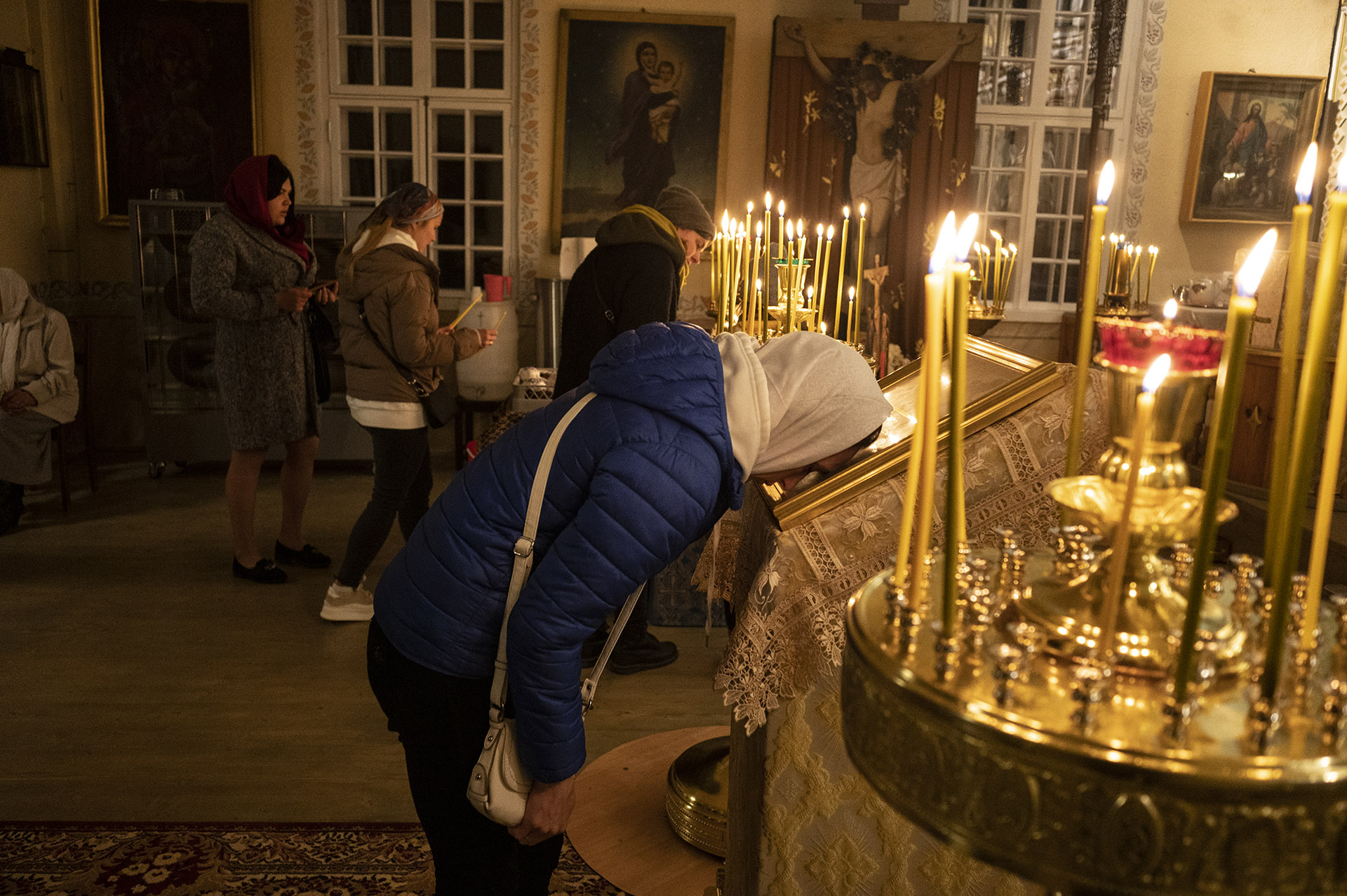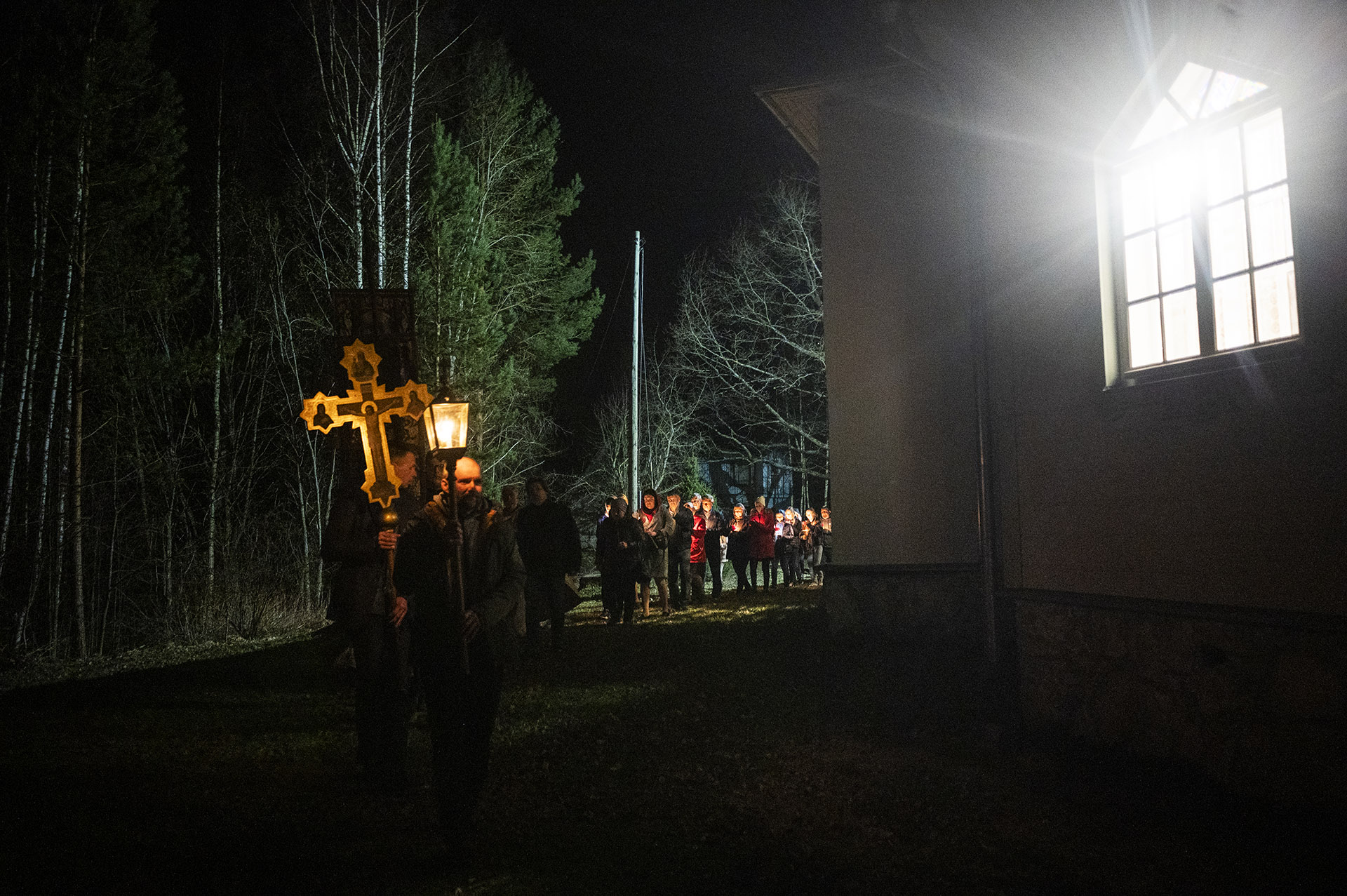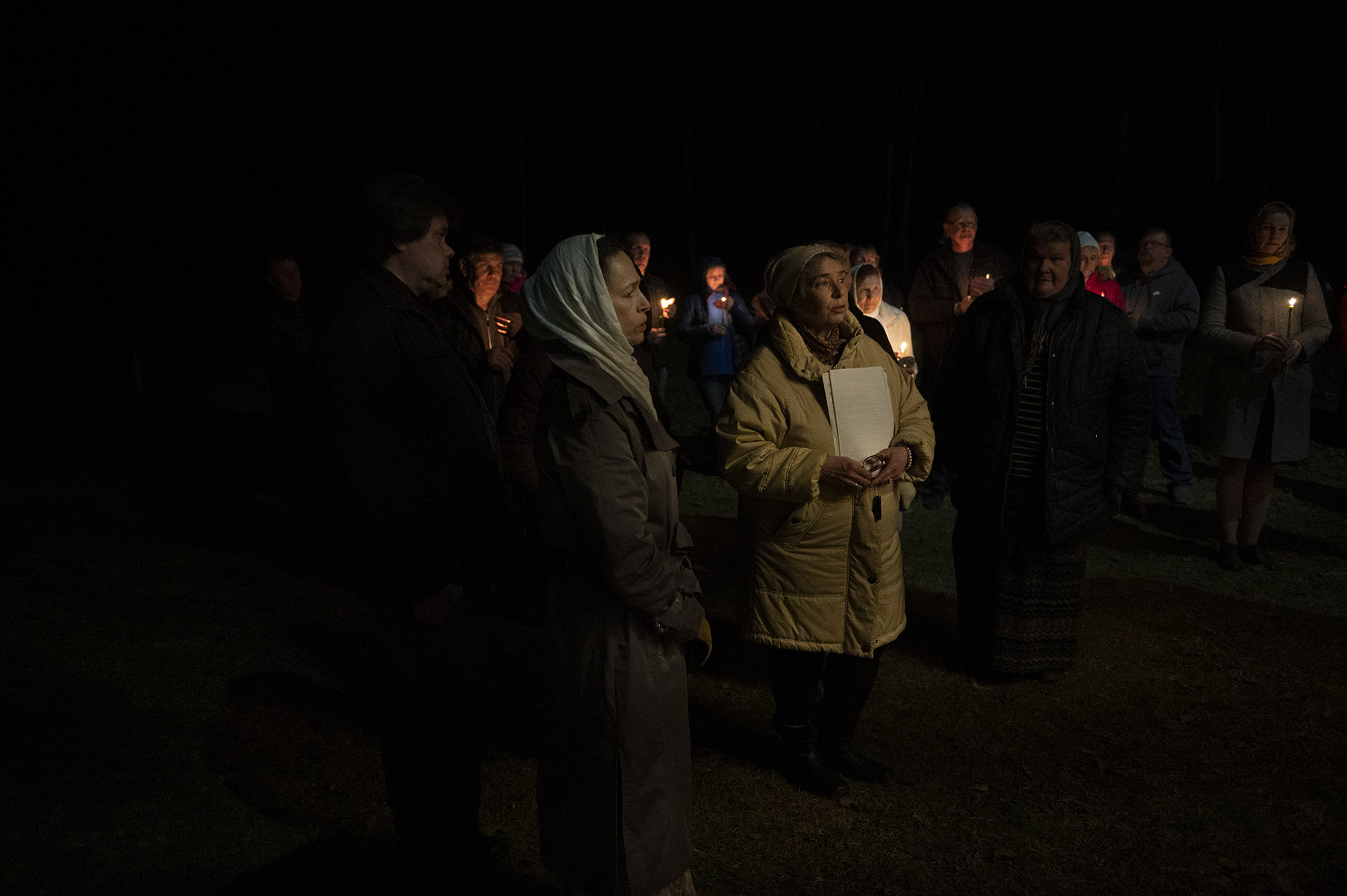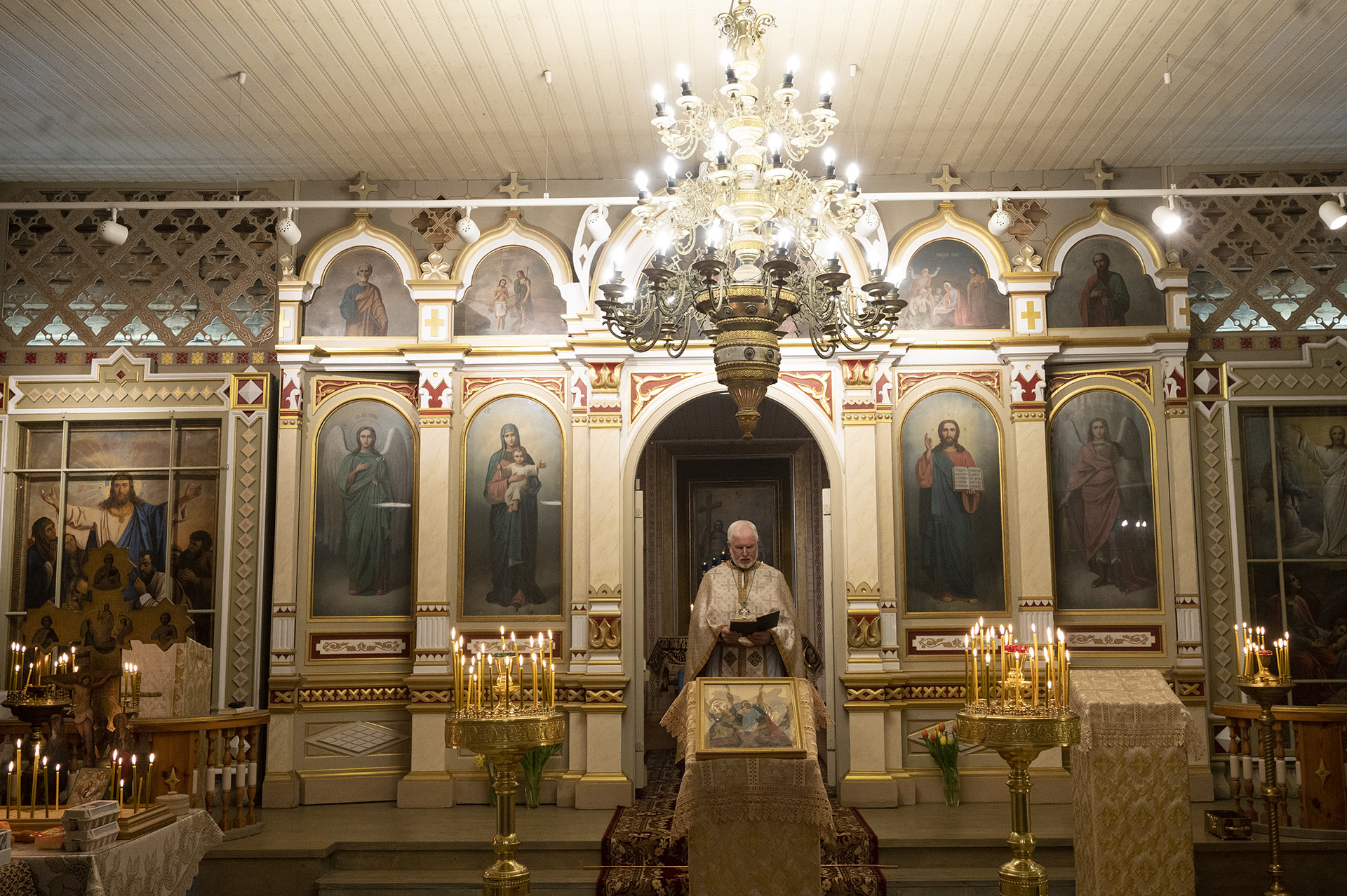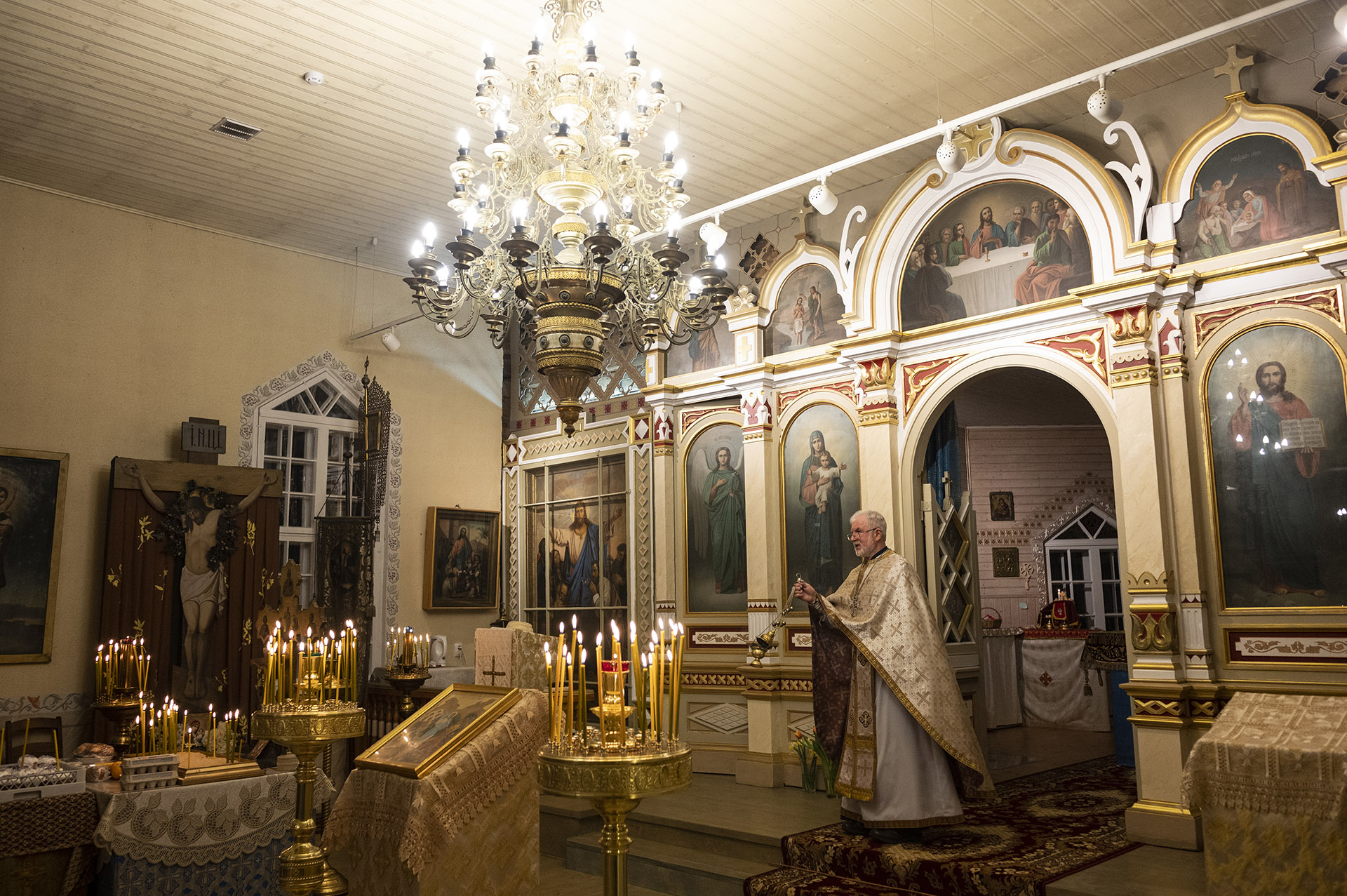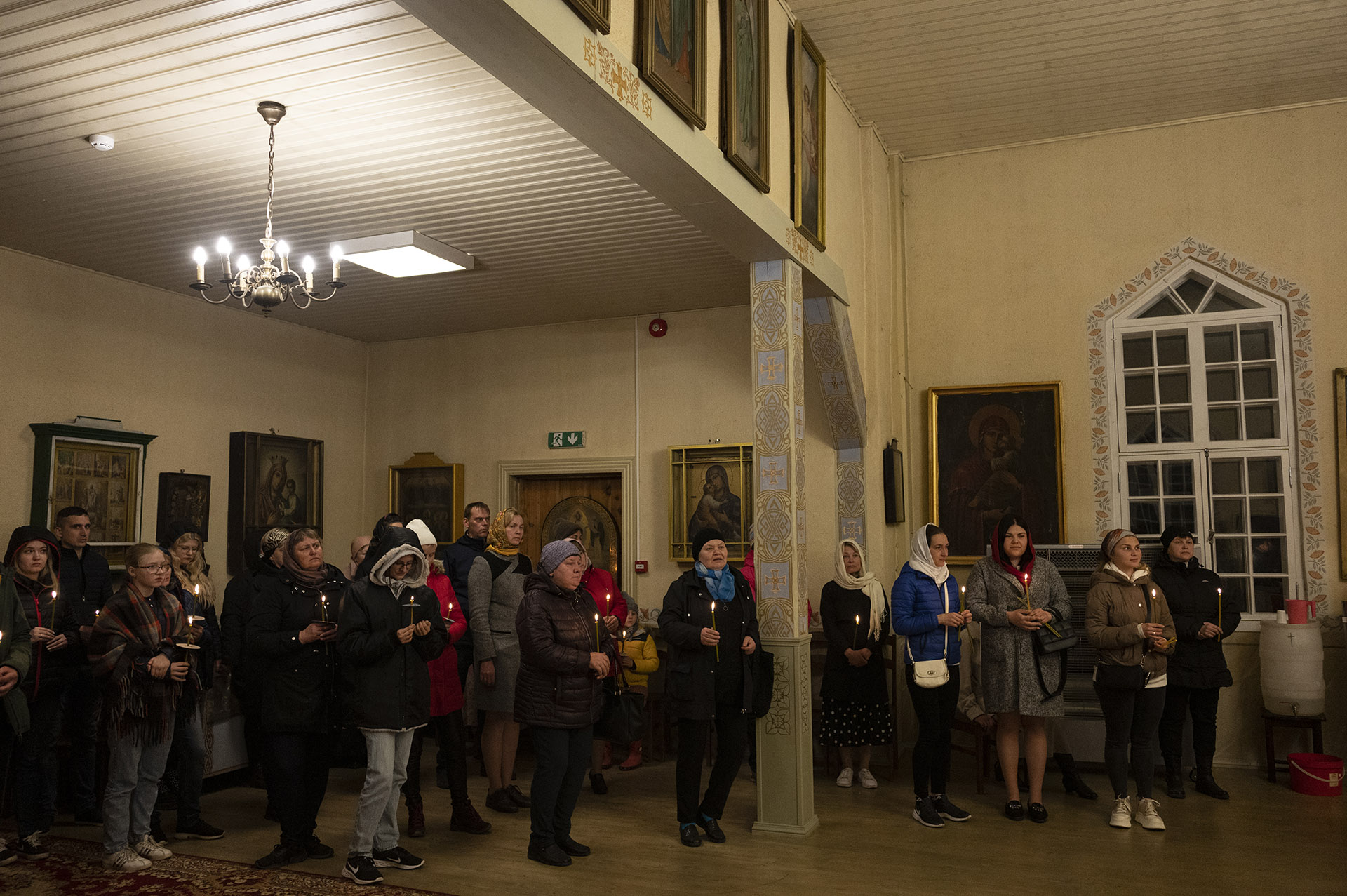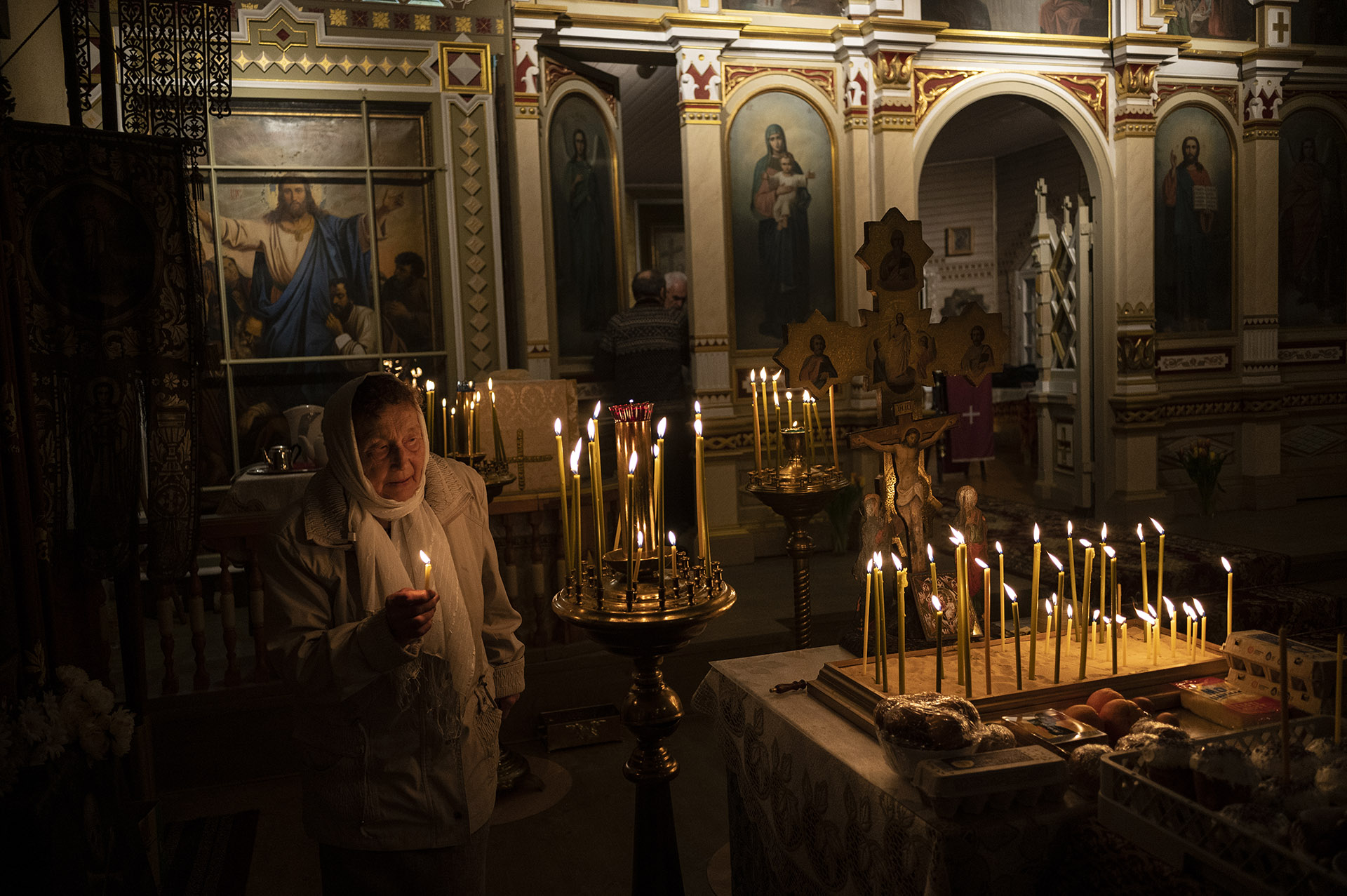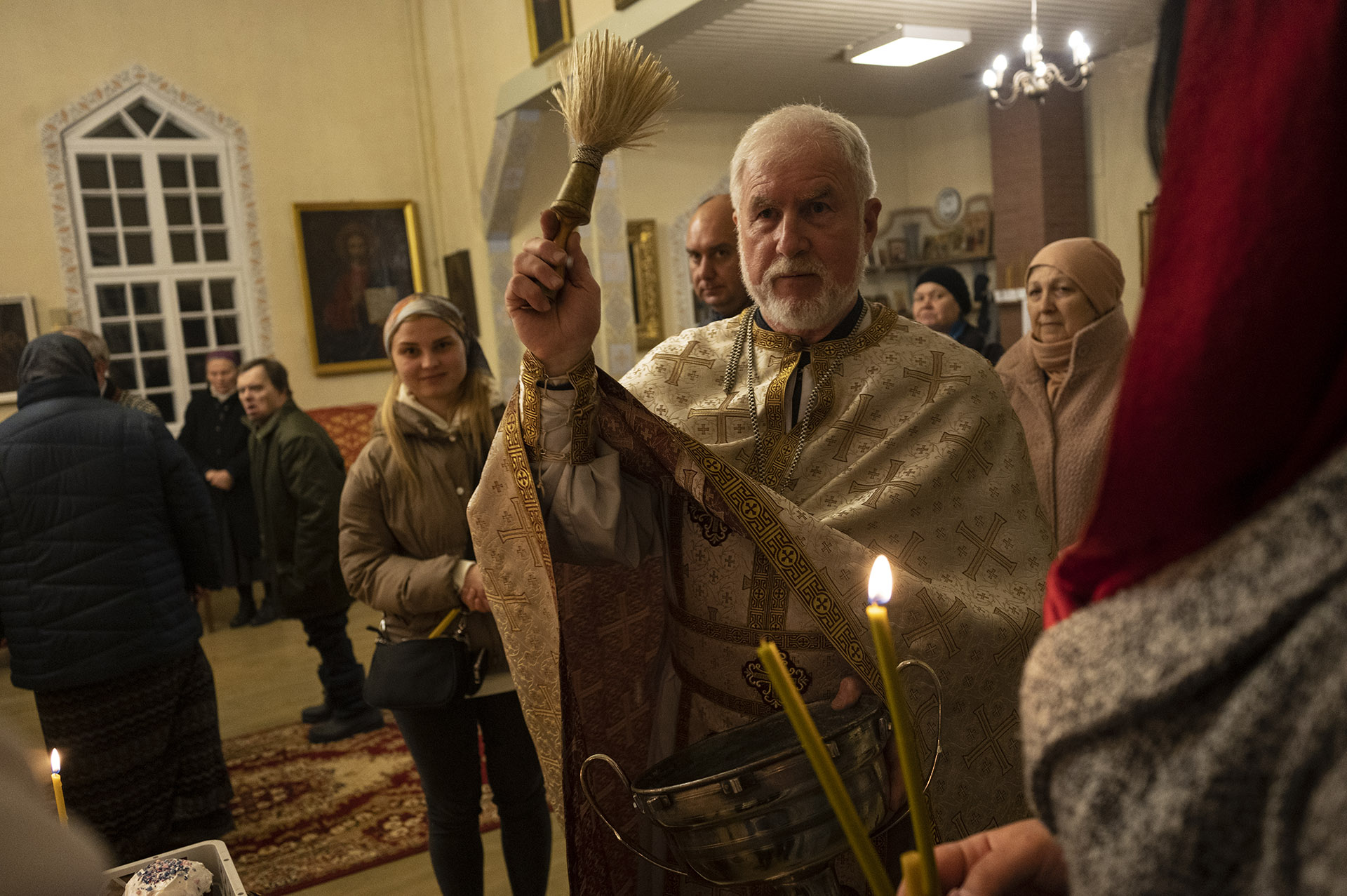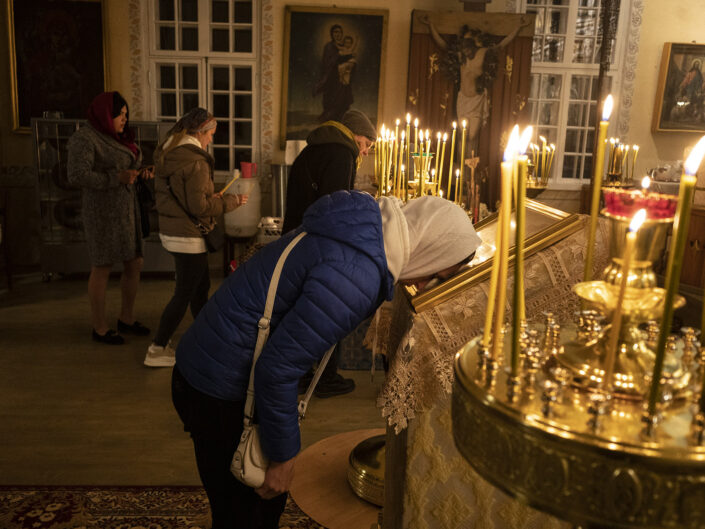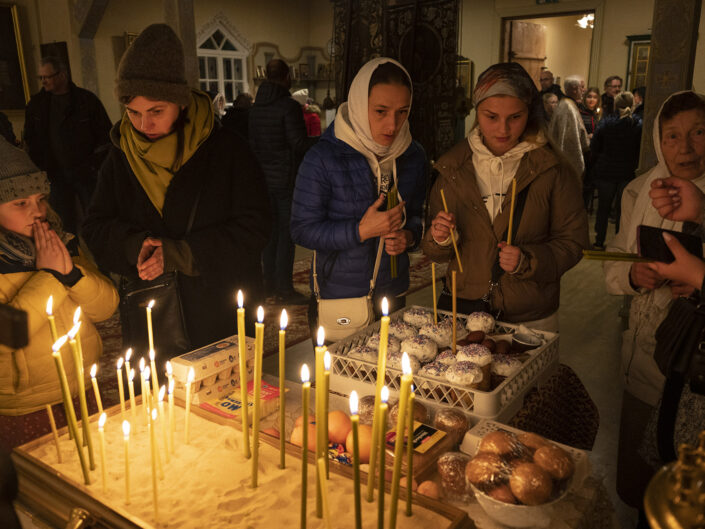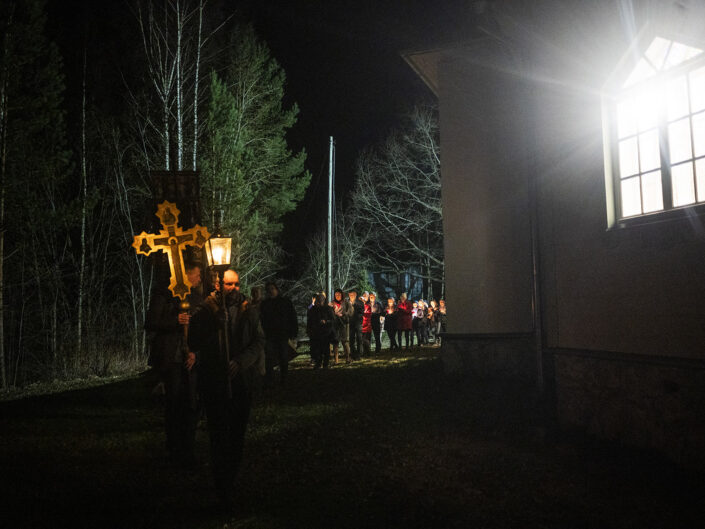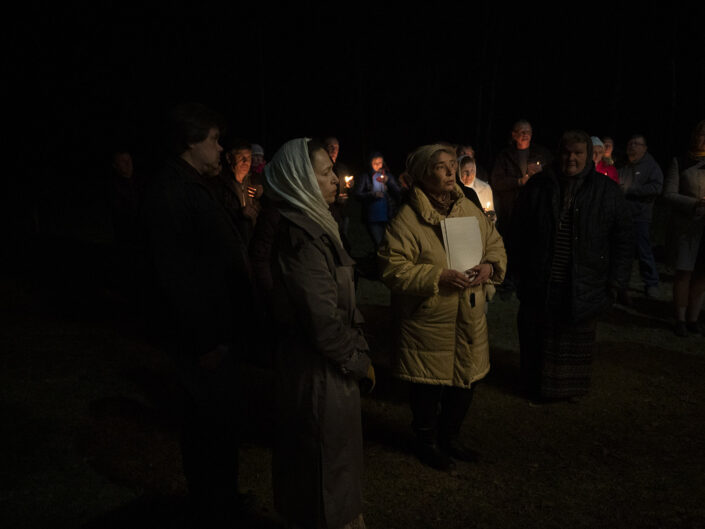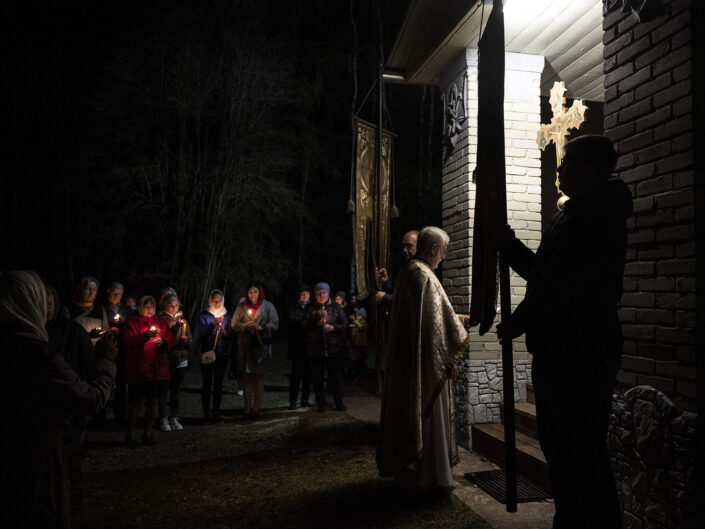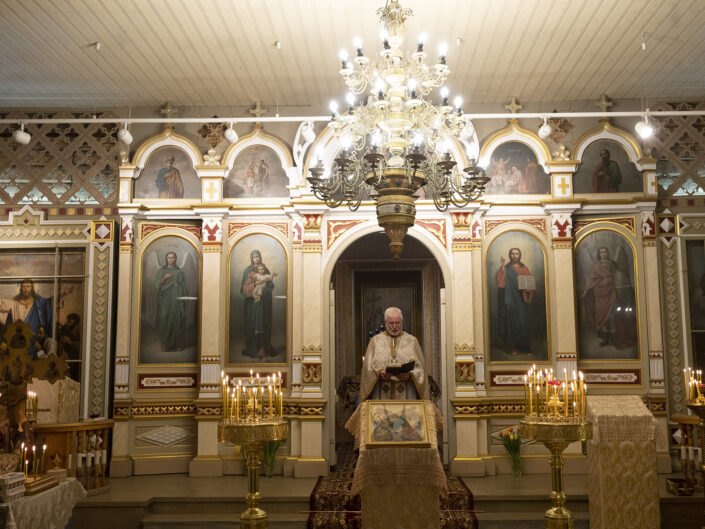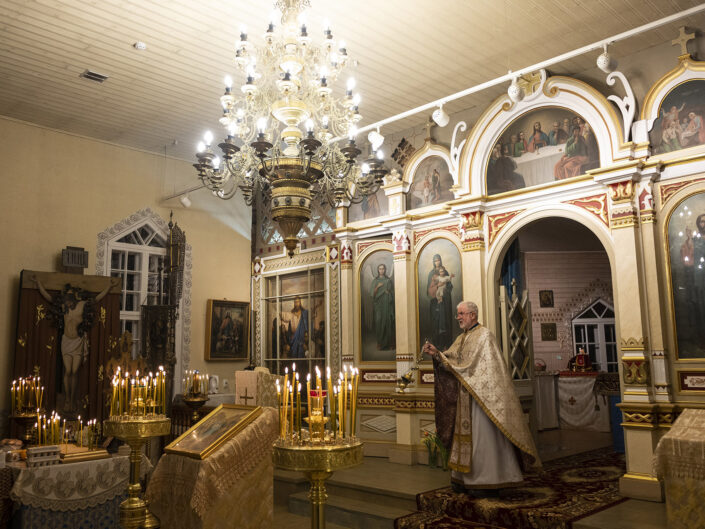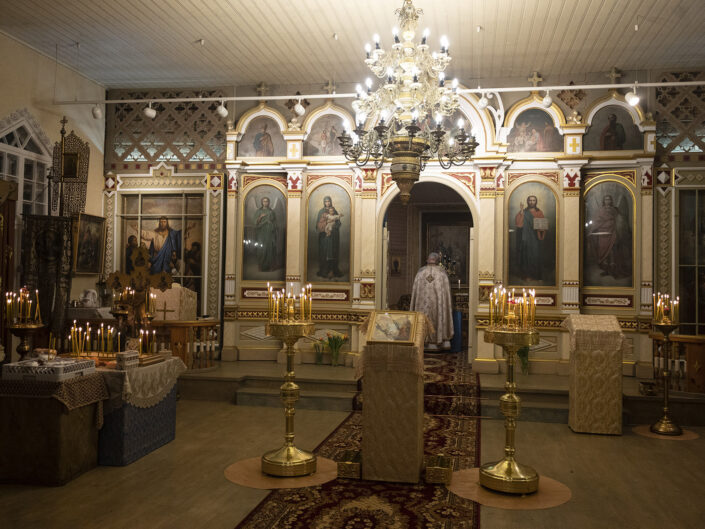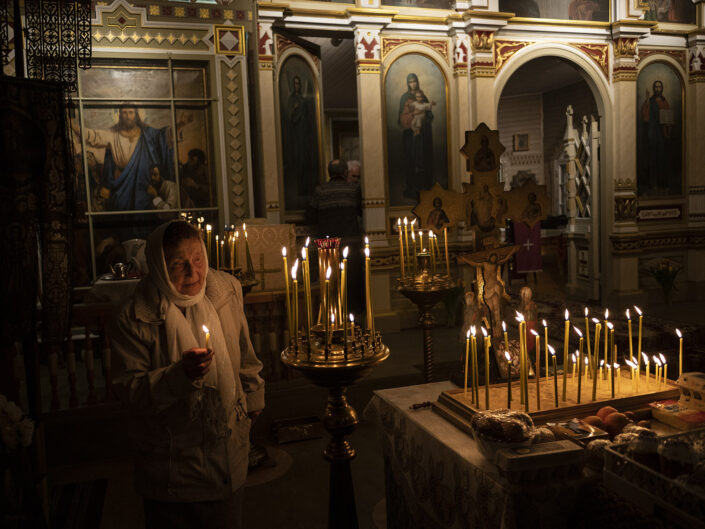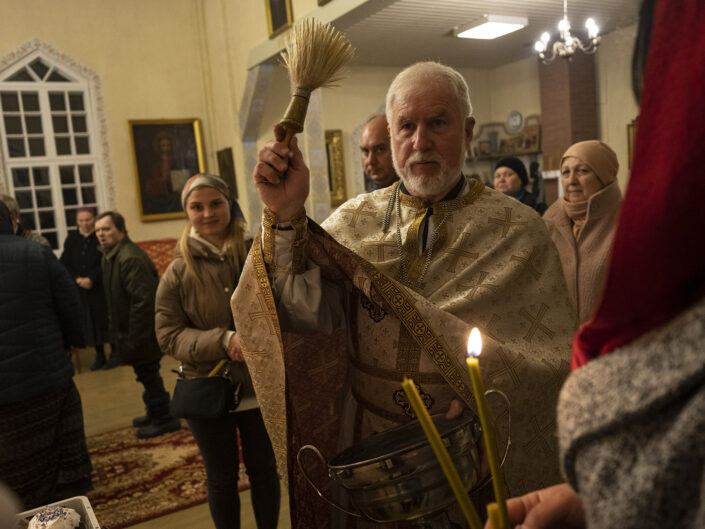Easter in Obinitsa
The peculiarity of the Seto community is rooted on their religious practices combined with the cultural and linguistic specifies. The signing of the 1920 Tartu Peace treaty, which determined the territorial border between Estonia and Russia, divided the Seto community who lived in the Pechory region of Russia and those who lived on the Estonian side. Between 1920 and 1940, the Estonian political elites began assimilating the Setos on the Estonian side by providing assistance to improve educational and economic situation of the community. Estonian became the medium of learning in schools. The Orthodox Churches began to conduct religious services in Estonian Language. Churches in Setomaa fall under Estonian Apostolic Orthodox Church. Though Setos follow the traditions of Orthodox Christianity tradition, they have deep folklore traditions. As one of the community members observed, the Setos don’t always read the Bible but they remember what their grandmothers taught them. For the Setos, traditional and religious practices go hand in hand.
Easter in Setomaa, is one of the important celebrations. In Obinitsa, Easter prayers are performed at midnight. In the wake of the war in Ukraine, in 2022, the priest preached sermons in Estonian, Seto Language and in Russian for those Ukrainians who arrived from Mariupol, an exception that was made to accommodate those who fled the war in Ukraine.


